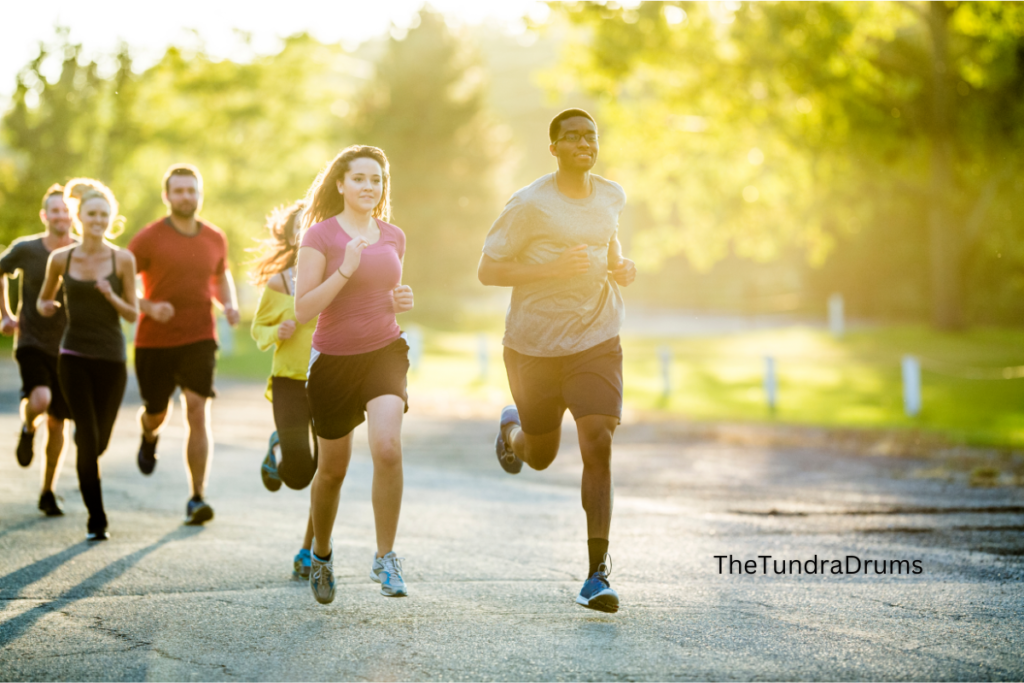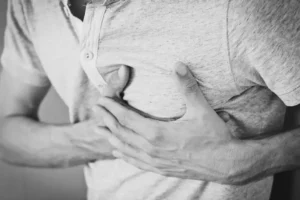A study from the Netherlands, which was recently published in the Journal of Affective Disorders, looked at how antidepressants and exercise therapy in the form of group-based running affected the physical and sound mental health of people who had depression and anxiety disorders.
Background
More and more research shows that anxiety and depression disorders can affect more than just mental health. They can also impact physical health, such as heart health, immunity, and strength. Antidepressants are thought to be the next most effective treatment choice that can be well tolerated after psychotherapy. There are, however, differences between patients in how well antidepressants work and how harmful the side effects are.
People who are depressed or anxious have been told that exercise therapy is a good alternative for sound mental health. Studies have shown that exercise can help people with mild to moderate sadness just as well as therapy and antidepressants. In addition, exercise therapy is still good as an extra treatment for people with severe depression. There aren’t as many studies on how exercise therapy can help with anxiety as there are on how it can help with depression, but the ones that are out there are promising.
Both exercise therapy and antidepressants have similar effects on the sound mental health of people with anxiety and depressive disorders. However, because the underlying pathophysiological processes are different, the effects of both treatments on the patient’s physical health may differ.
About the research
Investigators in this study did an intervention study that lasted 16 weeks to look at how antidepressants and group-based running therapy affected the physical and sound mental health of people who had anxiety and depression problems.
The study looked at things like diagnosis status and how bad the symptoms were for mental health. On the other hand, it looked at heart rate variability, lung function, body weight, fitness level, and hand grip strength for physical health. That the two treatments would have similar effects on mental health but different effects on physical health was what the researchers thought would happen.
People with major depression disorder or an anxiety disorder like panic disorder, generalized anxiety disorder, agoraphobia, or social phobia were able to take part in the study as long as they were between the ages of 18 and 70. People who had taken antidepressants in the past two weeks worked out daily, were at high risk of suicide, were pregnant, or had any other reason why they shouldn’t have either intervention were not included.
An antidepressant called escitalopram was used as one of the two treatments. It is a selective serotonin reuptake inhibitor that works well and has few side effects. An administration log and the patient’s diary were used to see how well the intervention was followed.
The other solution was running outside with a coach for 45 minutes twice or thrice a week for 16 weeks. Everyone who participated in this intervention wore a heart rate monitor, which helped ensure they stuck to their workout plan.
Researchers looked at the subjects’ fasting blood sugar levels to determine how much glucose, triglycerides, and HDL cholesterol they had. Interleukin-6, interferon-γ, tumor necrosis factor-α, and C-reactive protein amounts in the blood were also checked. Several other tests were used to check the activity of the autonomic nervous system, the level of health, and lung function.
Results
Even though both treatments had about the same effect on sound mental health, the study found that running therapy had a much more significant impact on physical health than drugs.
The two treatments were very different regarding physical health, body weight, waist circumference, heart rate variability, and blood pressure. All of these things improved more for the group that did running therapy than for the group that took drugs. The amounts of triglycerides (a type of fat) and C-reactive protein (a marker of inflammation in body) were also found to be different between antidepressant treatments and running exercise.
The results also showed that the type of inclusion did not change the effects of the treatment. The outcomes differed, depending on whether the participants were randomly assigned to an intervention or picked one of the options available. But people stuck with their treatments in very different ways. Antidepressants had a higher retention rate (82% vs. 52%) than running therapy. The researchers think this result is significant because it could have substantial effects on how treatment for depression or anxiety is suggested or prescribed.
Conclusion
Overall, the results showed that while the rates of anxiety disorders and depression getting better were about the same with running treatment and antidepressants, the effects on physical health were very different.
People who took antidepressants had higher blood pressure, waist size, triglycerides, and less variability in their heart rate, which means they were more likely to develop metabolic syndrome. On the other hand, all metabolic and cardiovascular markers got better during running treatment. These results make it clear how important it is to include exercise as a regular part of treating depression and anxiety conditions.
Journal reference
Verhoeven, J. E., Han, L. K. M., Bianca, Hu, M. X., Révész, D., Hoogendoorn, A. W., Batelaan, Neeltje M, Schaik, van, Balkom, van, Oppen, van, & Penninx, B. W. J. H. (2023). Antidepressants or running therapy: Comparing effects on mental and physical health in patients with depression and anxiety disorders. Journal of Affective Disorders, 329, 19–29. 10.1016/j.jad.2023.02.064, https://www.sciencedirect.com/science/article/pii/S0165032723002239












